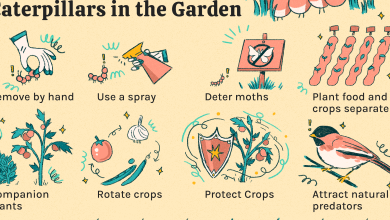Cultivating Passion Fruit in Spain: [Cultivation, Care, Pests and Diseases]
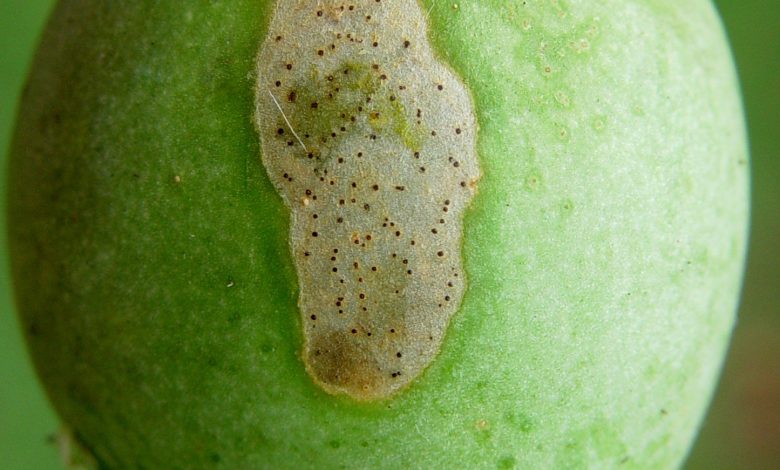
To grow passion fruit in Spain, the first thing we have to know is that it is a vine-type plant.
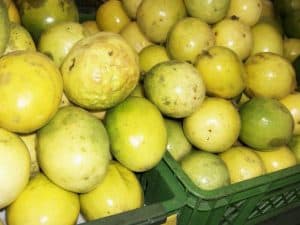 Its popularity in the world is due to its fruit, which is also called passion fruit, whose content is juicy, with seeds and a rich acid flavor.
Its popularity in the world is due to its fruit, which is also called passion fruit, whose content is juicy, with seeds and a rich acid flavor.
In addition, it can be used for decorative purposes and even planted in pots, so you can have it at home without inconvenience. Do you dare?
What is passion fruit?
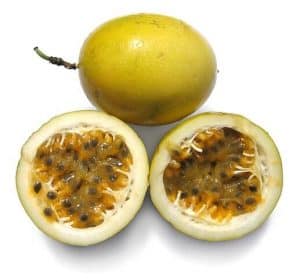 The passion fruit is a plant with a strong stem that grows with a climbing method, not straight from a trunk as in the case of the orange tree.
The passion fruit is a plant with a strong stem that grows with a climbing method, not straight from a trunk as in the case of the orange tree.
Its leaves are perennial and the characteristic color is a vibrant green throughout the structure, with a smooth texture.
At the end of sowing, you can throw your first harvest about 6 months later. However, its approximate lifespan is 10 years.
Where should we plant it?
The passion fruit will resist well when transplanted to open spaces such as the garden as long as the soil has the appropriate conditions.
It is also possible to plant them in pots and when they have an appropriate size or their growth is being affected due to lack of space, change them.
What is the best time to grow passion fruit in Spain?
Passion fruit is a plant that prefers moderately warm temperatures between 25 and 30º C, therefore the best time is spring.
As it does not support winter and much less frost, it will have to be provided with an environment that gives it warmth, through the use of a greenhouse, for example.
In times of drought it can thrive very well, but it is better to take advantage of it when there is still some rainfall.
How do we prepare the land?
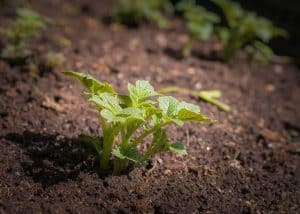 The ideal land to plant passion fruit should have good drainage because it needs moisture, but not in excess.
The ideal land to plant passion fruit should have good drainage because it needs moisture, but not in excess.
In addition, it requires a neutral or slightly acidic pH. For a correct preparation of the land it will be necessary to add a good amount of organic matter; manure will suffice.
It is also necessary that the hole where it will be inserted has a good depth to develop.
How to plant a passion fruit step by step in Spain?
Step 1: Place the seeds in the seedbeds
The planting of the passion fruit will start from the seeds that will be placed in the selected seedbeds. The seed will take about 20 days to germinate.
Step 2: Remove weak plants and leave one per container
From there, it will be necessary to remove the plants that look weaker, leaving only one per container. Likewise, it will be necessary to allow the plant to develop in these containers for a time ranging from 2 months to 2 and a half months before transplanting.
Step 3: Transplant and place supports or tutorials
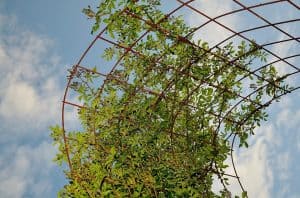 After transplanting, one of the most important actions is to place the supports or tutorials that the plants will have to grow.
After transplanting, one of the most important actions is to place the supports or tutorials that the plants will have to grow.
These can be designed as if it were a wire roof, placing sticks every certain distance and joining them with the wires.
As the passion fruit grows, it will rely on these wires to prosper and produce its fruits normally.
Step 4: Apply a fertilizer every month
When summer arrives and the plant begins to produce, it is essential to provide it with more nutrients. Therefore, you will have to apply a fertilizer monthly, making sure it is slow release.
What care does passion fruit need in Spain?
enough sunlight
The care that can be considered the most important is that it has enough sunlight, at least 12 hours each day. Excessive humidity does not please it, so it tends to lose heart when excessive rains are generated, being able to die.
In addition, humidity is an environment that greatly facilitates the presence of pests or diseases, so you have to take care of it.
drip irrigation
 If it is a rather dry area, there will be no problems because it will be compensated with a good irrigation system.
If it is a rather dry area, there will be no problems because it will be compensated with a good irrigation system.
What specialists advise most is that the drip be used, but in sufficient quantities to keep it hydrated.
Especially during the growth period, it is essential to be very careful to offer it a good amount of water.
Prevent the plant from touching the ground and clean its surroundings
Another important care is aimed at avoiding by all means that the plant touches the ground because it will wither.
It is also important to clean its surroundings to prevent invasive plants from consuming its nutrients and damaging it.
Pruning
 Pruning will be essential to keep the plant in order, so working around this matter once a week is highly recommended.
Pruning will be essential to keep the plant in order, so working around this matter once a week is highly recommended.
But that only when it has not flowered or the fruits are growing, since it would lose strength by having to concentrate on healing the wounds.
Cultivation is very simple because in most cases the fruits fall by themselves and as they have a thick skin they do not get hurt.
What pests and diseases attack passion fruit in Spain?
The main pests that affect passion fruit are red mites and thrips. As for diseases rot and dieback.
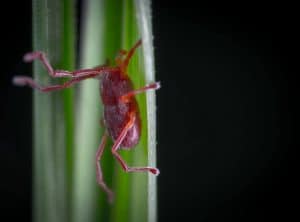 Red mites carry out attacks on the inner area of the leaves, producing alterations in the chlorophyll processes, which makes the leaf turn yellow.
Red mites carry out attacks on the inner area of the leaves, producing alterations in the chlorophyll processes, which makes the leaf turn yellow.
In the case of the thrip, what happens is that it attacks the points where the plant is growing, affecting the movement of sap and nutrients.
The rot can be generated from the base of the plant, even from the seeds, causing a weakening and loss of color in the leaves. Dieback affects the shoots that immediately transfer it to the branches, thus damaging the entire structure.
Passion fruit can be consumed directly from the fruit (without the skin) or prepared in juices, desserts and even savory dishes. Without a doubt, it is one of the most valued fruits in the world.
Bibliography and references
- Cleves, Jose Alejandro; Jarma, Alfredo de Jesus; Ashen Bridges, Gloria. (2012). Manual for the cultivation of fruit trees in the tropics. Passion fruit. Products. Bogota Colombia.
- Colombian Agricultural Institute. (2012). The cultivation of passion fruit (Passiflora edulis) measures for the winter season. Products. Bogota Colombia.
- Cubillos-Hinojosa, Juan; Valero, Nelson; Mejia, Lauris. (2009). Trichoderma harzianum as plant growth promoter of passion fruit (Passiflora edulis var. flavicarpa Degener). Colombian agronomy. National university of Colombia. Bogota Colombia. Reproduced from: http://www.redalyc.org/articulo.oa?id=180314730011
- Ponciano-Samayoa, Karla Melina; Lacan de Leon, Juan Pedro. (2012). Genetic diversity of passion fruit in Guatemala revealed by AFLP markers. Mesoamerican agronomy. Costa Rica university. Alajuela-Costa Rica. Reproduced from: http://www.redalyc.org/articulo.oa?id=43723963009
- Street, Zoraida; Guariguata, Manuel R.; Giraldo, Eudaly; Chara, Julian. (2010). Passion fruit (Passiflora edulis) production in Colombia: perspectives for habitat conservation through pollination services. Interscience Association. Caracas Venezuela. Reproduced from: https://www.redalyc.org/pdf/339/33913157010.pdf

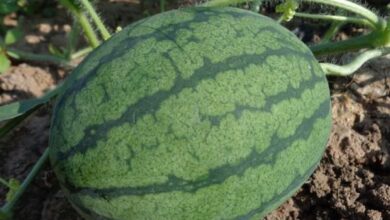
![Photo of Gloxinia: [Characteristics, Cultivation, Care and Disadvantages]](https://www.complete-gardening.com/wp-content/uploads/2022/08/gloxinia-characteristics-cultivation-care-and-disadvantages-390x220.jpg)
![Photo of Senderuelas: [Care, Planting, Types, Irrigation, Substrate and More!]](https://www.complete-gardening.com/wp-content/uploads/2022/08/senderuelas-care-planting-types-irrigation-substrate-and-more-390x220.jpg)
